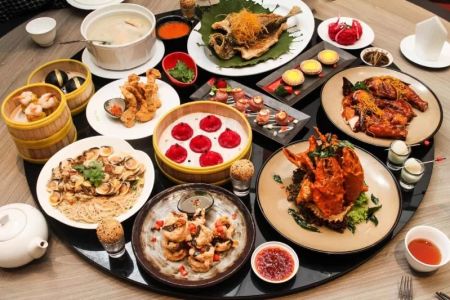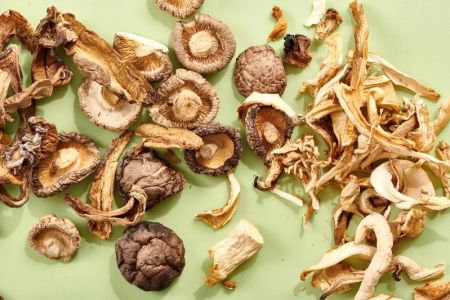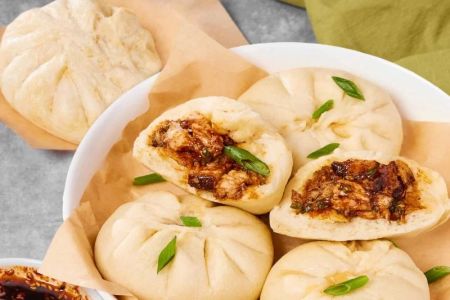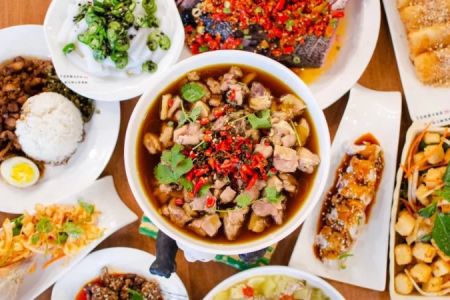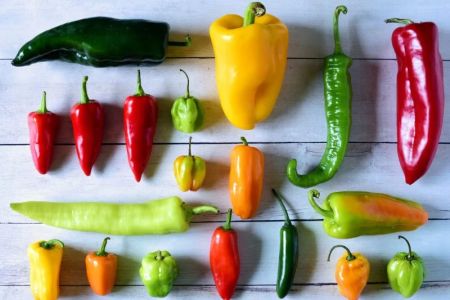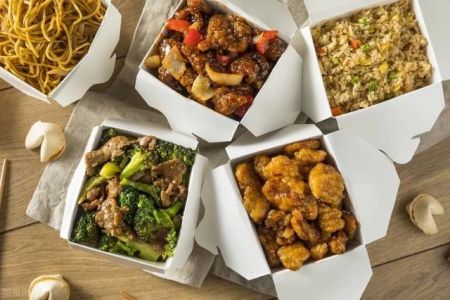How to Make Delicious Honey Walnut Shrimp at Home: A Sweet and Creamy Treat
- 1 - Why Honey Walnut Shrimp is a Favorite Dish
- 2 - Choosing the Best Ingredients for Maximum Flavor
- 3 - Step-by-Step Guide to Making Honey Walnut Shrimp
- 4 - Common Mistakes and How to Avoid Them
- 5 - A Chef’s Tip for Bringing Restaurant Quality to Your Home Kitchen
1. Why Honey Walnut Shrimp is a Favorite Dish
Honey Walnut Shrimp is a beloved Chinese-American dish, known for its crispy golden shrimp coated in a luscious sweet and creamy sauce, topped with candied walnuts. Its combination of textures—crunchy, tender, and silky—makes it irresistible. Popularized in restaurants like Panda Express and high-end Cantonese spots, this dish has become a comfort food for many.
For many families, recreating this dish at home brings not only delicious results but also memories of special occasions when it was ordered as a treat. Whether you first tried it in a bustling Chinatown restaurant or during a festive dinner, its appeal is timeless.
2. Choosing the Best Ingredients for Maximum Flavor
2.1 Selecting Fresh Shrimp
The key to excellent Honey Walnut Shrimp starts with fresh, high-quality shrimp. Look for firm, translucent flesh and a clean ocean scent. Jumbo shrimp are often preferred for their meaty texture.
2.2 Perfect Walnuts
Use whole, fresh walnuts for candying. Stale nuts will ruin the dish’s delicate sweetness. Toasting them lightly before candying enhances their flavor.
2.3 Balancing the Sauce
The creamy sauce is a mixture of mayonnaise, sweetened condensed milk, and honey. Using real honey—not artificial syrup—will make the flavor shine and complement the shrimp’s natural sweetness.
3. Step-by-Step Guide to Making Honey Walnut Shrimp
3.1 Candying the Walnuts
Boil walnuts in water and sugar for a few minutes, then spread them on parchment paper to cool. For extra crunch, toast them briefly in the oven.
3.2 Preparing the Shrimp
Coat peeled and deveined shrimp in a light cornstarch batter. Fry until golden and crispy, ensuring the oil is hot enough to prevent sogginess.
3.3 Making the Sauce
Whisk together mayonnaise, honey, and sweetened condensed milk until smooth. Toss the fried shrimp in the sauce just before serving to preserve the crispiness.
3.4 Bringing It All Together
Arrange the sauced shrimp on a platter and sprinkle generously with the candied walnuts. Serve immediately for the best texture.
4. Common Mistakes and How to Avoid Them
One common error is overcooking the shrimp, which makes them rubbery. Fry in small batches and remove them as soon as they turn golden. Another mistake is drowning the shrimp in sauce too early—always toss them right before serving to maintain crunch.
Additionally, avoid using low-quality mayonnaise, as it can overwhelm the dish with an overly tangy flavor instead of balancing the sweetness.
5. A Chef’s Tip for Bringing Restaurant Quality to Your Home Kitchen
Many chefs recommend double-frying the shrimp for a crispier texture—fry them once until cooked, let them rest briefly, then fry again for 30–40 seconds. This method locks in crunch even after adding the sauce.
At Chinese Food, we share insider recipes, ingredient sourcing tips, and step-by-step guidance so home cooks can enjoy authentic flavors without leaving their kitchen.


